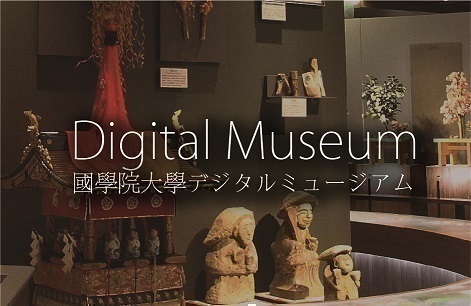- トップ
- Encyclopedia of Shinto
- Niiname sai
Encyclopedia of Shinto
| Main Menu: | |
| Links: |
詳細表示 (Complete Article)
| カテゴリー1: | 5. Rites and Festivals |
|---|---|
| カテゴリー2: | State Rites |
| Title | Niiname sai |
| Text | Literally, "First Taste Celebration," niiname sai refers to the set of harvest festivals in November carried out at the imperial palace and at shrines throughout the country. Complements the Kinen sai, a rite involving prayers for a healthy crop and held on the fourth day of the second month. In ancient times also called nihinahe and niha'nahi. In his Exegesis of Kojiki (Kojikiden), Motoori Norinaga interprets it as a festival of "feasting anew", in which new rice is offered to the deities. As in the ancient Chinese celebration "Name no matsuri," a rice festival held in the autumn, this was a typical festival expressing gratitude to the gods for bringing about a successful harvest. The festival's origins probably date back to the Yayoi period when rice cultivation began. The niiname sai is mentioned in both the "Age of the Gods" section of the Nihon shoki ("when Ama-terasu ôkami honorably performed Niiname") and in the entry for the fortieth year of Emperor Nintoku's reign ("In the month of Niiname, since it was a day of banqueting, sake was given to the palace ladies"). For a long time it was held on the last Day of the Rabbit in the eleventh lunar month (or the middle Day of the Rabbit if there were three such days in the month), but it changed to November 23 with the conversion to the solar calendar in 1873. In the Ninth Article of the 1908 Prescriptions of the Imperial House Rituals this celebration is referred to as one of the Major Rites (taisai), and is listed as occurring between November 23 and 24. Two daises are set up in the Shinka Hall for the rite: one for the deities (kamiza) and one for the emperor (goza). The emperor makes food offerings to Amaterasu and to all the deities of heaven and earth twice, in the evening and at dawn. The emperor himself places offerings of sake, rice porridge and steamed rice (made from newly harvested rice) on (made from the newly harvested rice) woven beech leaves (kashiwa) and presents them to the kami on a special reed mat (kegomo). Following the evening meal (yūmike), the emperor purifies himself in seclusion (kessai) for the night and, after changing robes (koromogae), prepares the morning food offering. Also listed in Article Two of the "Regulations for Shrine Rituals" of the Association of Shrines (Jinja honchō kitei) as a Major Rite, Niiname sai is performed at shrines throughout the country at the same time as the rites at the palace. In contrast to the annual celebrations of Niiname sai, the first celebration of the festival occurring after a new emperor's ascendance to the throne (sokui) is called Daijō sai. — Nakanishi Masayuki |




